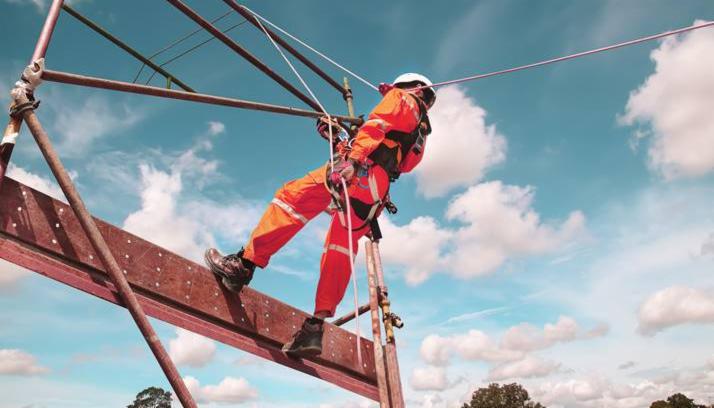Where are we up to with industrial manslaughter?
21 October 2019
Any death in a workplace brings tragic and devastating consequences. Following the recent spate of high profile workplace incidents—e.g. those that occurred at Dreamworld and the Eagle Farm Racecourse—each Australian State and Territory is being prompted to consider whether existing laws do enough to enforce workplace safety. Rarely a week goes by without news of a new industrial manslaughter law being proposed across the country.
In this report, we look at the status of industrial manslaughter in each State and Territory (as well as the Commonwealth), and outline known details about the elements of the proposed offences.
A snapshot
At the time of writing:
- Industrial manslaughter is an offence in the Australian Capital Territory and Queensland.
- Victoria, Western Australia and the Northern Territory have each moved to introduce the offence with varying levels of progress.
- Tasmania, South Australia and New South Wales remain the only states not to make any substantial progress. There has also been no announcement by the Commonwealth in relation to any proposed amendments to the Work Health and Safety Act 2011 (Cth).
Are the new proposed offences the same?
While there are some similarities, unfortunately a number of different elements also need to be considered. Australia’s move towards the harmonisation of work health and safety (WHS) laws appears to be taking another detour.
For example, some of the existing offences and proposed offences require proof of “recklessness”, which already appears in WHS legislation, while other offences and proposed offences introduce the concept of “negligence” causing death. We discussed these issues in a 2018 article in relation to the Victorian proposal, including whether the “criminal negligence” standard would apply or the lower “civil negligence” standard.
Where we're up to...in detail
The various differences are outlined in this PDF table as well as, where possible, whether the existing offence or proposed offence sits within WHS legislation or within the existing criminal legislation. We have also indicated who will investigate and prosecute the offence; the Police, the Director of Public Prosecutions (DPP) or the relevant WHS regulator (or a combination).
Update: We have updated the table with recent developments as at 5 December 2019, which you can access here.


